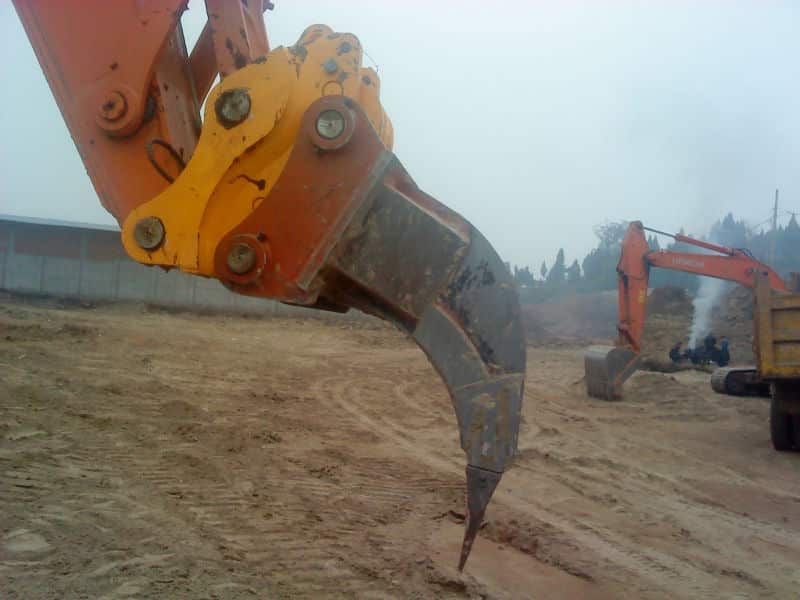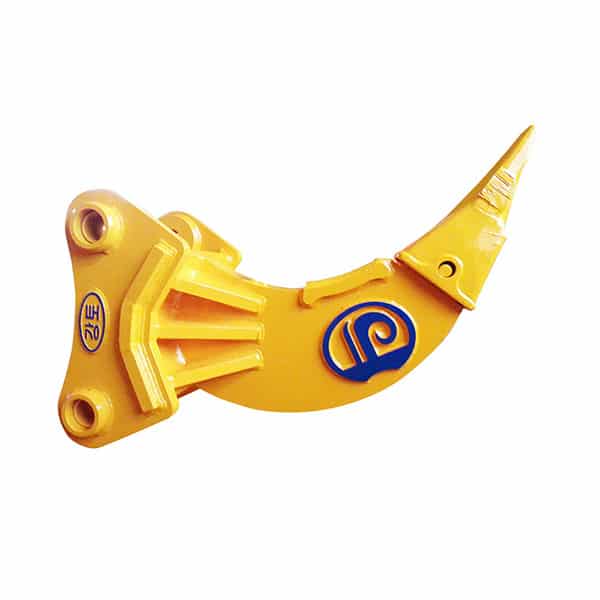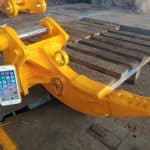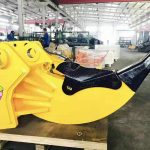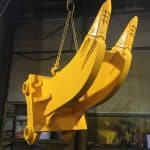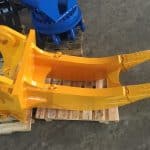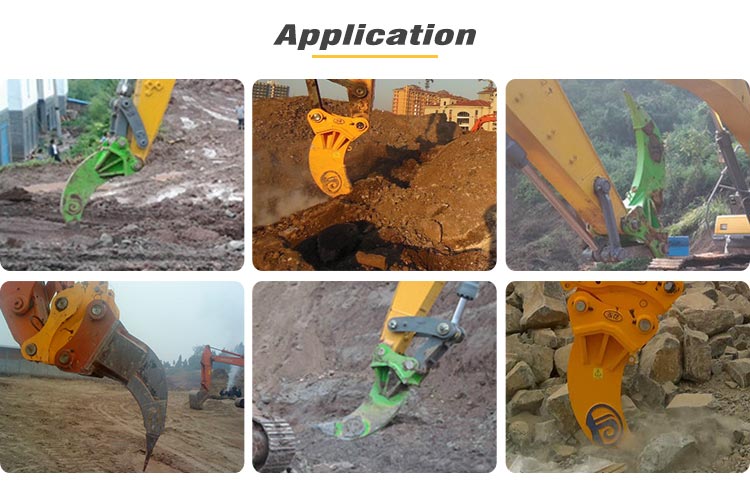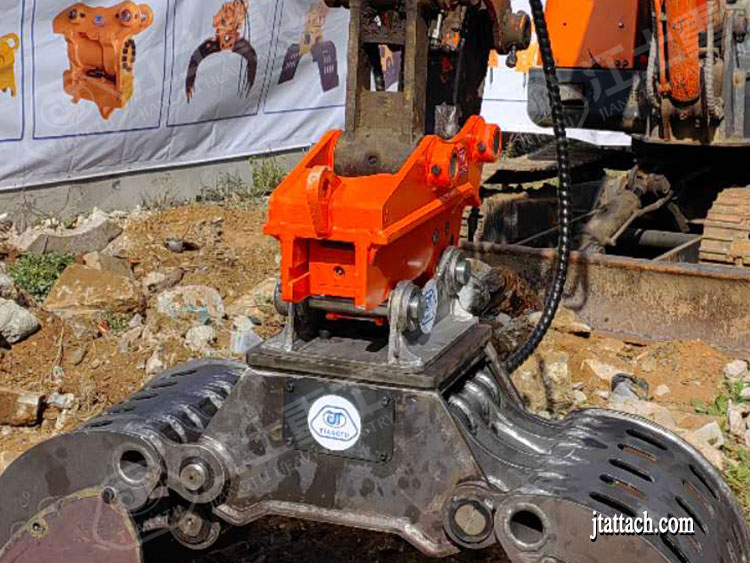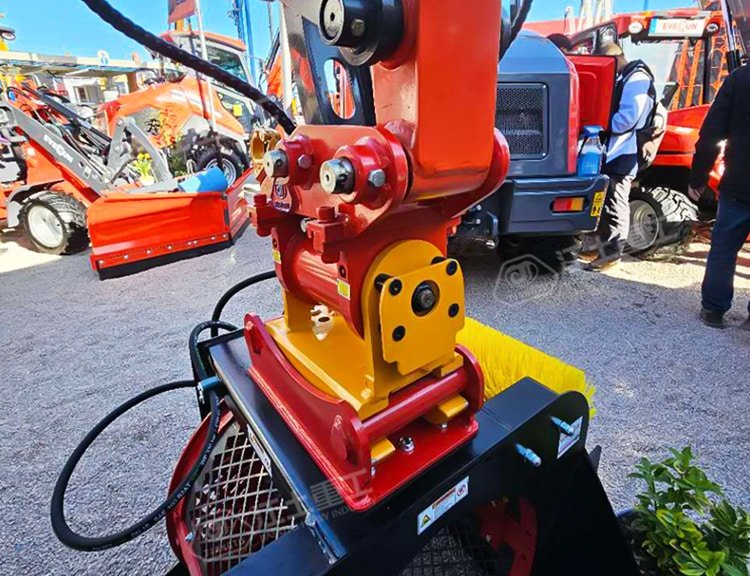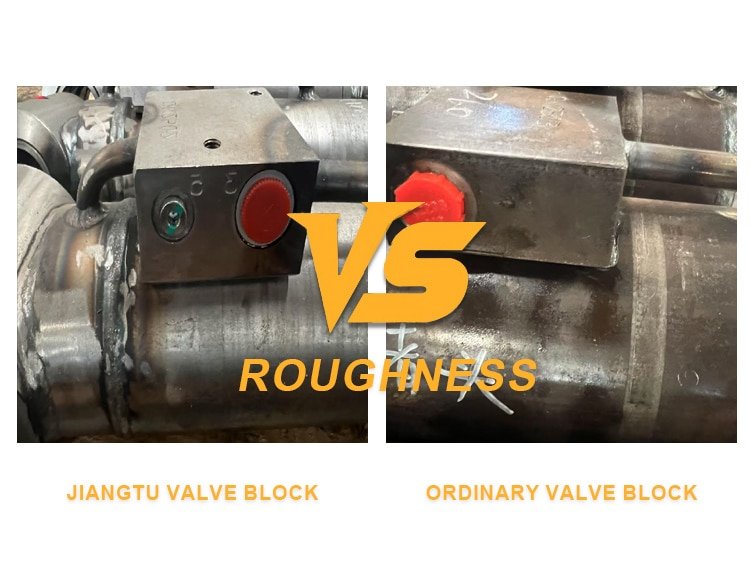Excavators are some of the most popular and diverse pieces of heavy equipment in the world. They can be used for various tasks, from large construction projects to digging trenches for utility lines.
One type of excavator that is often overlooked by people who don’t use them regularly is an excavator ripper. An excavator ripper looks like any other piece of machinery on an excavating machine, but it has a few important differences that make it unique among its peers.
Here’s everything you need to know about excavator rippers:
What is an Excavator Ripper?
An excavator ripper is a tool that fits on the arm of an excavating machine (usually an excavator or backhoe). Its purpose is to help move large pieces of brush, trees, and debris. Using special tips on the end of its arms, the ripper can cut through almost any object with minimal effort from the operator.
An excavator is equipped with a ripper for certain jobs. Ripping can be very useful in many different situations, and it’s common to see excavators ripping their way through land that needs to be cleared.
Who Uses Excavator Rippers?
Excavator rippers are a very popular tool among contractors and property owners who need to clear land quickly. They allow you to cut down large trees and shrubs with relative ease and remove small stumps of any size. They’re also great at ripping through things like old barbed wire and other materials that would be very difficult to remove any other way.
Generally, you don’t need a license or special training to operate an excavator ripper if the machine is mounted on your own personal property. However, laws may vary from state to state, and it’s always a good idea to check with your local property or zoning laws before using any heavy equipment.
You could also need special licensing or insurance if the ripper is being used for commercial purposes. In many cases, however, it can be enough to show that you are the machine’s owner to avoid fines or problems.
How Do Excavator Rippers Work?
Excavator rippers are designed to make it simpler for you to tear down large trees, shrubs, and other obstructions. They work in much the same way as any other type of excavating machine. However, they also have some features that make them unique.
For example, a regular excavator is powerful enough to tear down most objects, but they often have problems with obstructions that are too large or heavy. This is where the ripper comes in.
The ripper is mounted on a special attachment that has two points of contact at all times. These two points make it easy to move through almost any obstruction, no matter how big or heavy.
Read More: The working principle of excavator attachments
What Makes an Excavator Ripper Different?
An excavator ripper looks and works in much the same way as any other piece of equipment on an excavating machine. The main difference lies in its uppermost arm, which features a special hydraulic tool that can grip and rip through a wide range of materials.
The arm is often shaped like a claw on the end of the excavator’s bucket. It can rip through almost any object in its path, making it very simple to clear large sections of land quickly.
As you might expect, an excavator ripper is much more powerful than most other types of arm attachments. This makes them ideal for tearing down large trees and shrubs, as well as small stumps that you may find in your yard. But, of course, the machine is also strong enough to rip through obstructions like barbed wire or other types of fencing.
As a general rule, an excavator ripper can rip through almost any object that’s less than six inches thick and weighs less than two tons. This means that they can cut down most trees, medium-sized stumps, and even some types of rock if necessary (with the proper attachments).
Range of Applications
Excavator rippers can be used in almost any application where you need to quickly remove large sections of land.
In some cases, they may even be more effective than most other methods, such as an excavator or backhoe with a bulldozer blade. For example, excavator rippers are especially useful when clearing areas that contain small obstructions, such as trees and grass.
However, rippers are also great for tearing down larger objects, including medium-sized stumps or pieces of land that old barbed wire fences have blocked.
In some cases, you can even use an excavator ripper to clear out large sections of rock if necessary. Generally, however, it’s best to use a heavy-duty claw attachment for this type of job.
Read More: Excavator Attachments Select Guide
Tips for Using an Excavator Ripper
There is no denying that excavator rippers are a powerful piece of equipment, and they can be somewhat intimidating if you’ve never used one before. However, there aren’t too many basic safety precautions that you need to keep in mind when using these machines. As long as you’re careful and stay within the weight and size limits that you can rip through, excavator rippers don’t have any major safety risks involved.
As an example, some people think that they should wear heavy gloves when using these machines. However, this isn’t strictly necessary because excavator rippers are designed to be used with bare hands. Nevertheless, as a general rule, you should always wear a pair of hard-to-rip gloves when using the machine. They will protect your hands from injury during an attack on, particularly large or difficult obstructions.
Final Thoughts
In general, excavator rippers are an incredibly useful piece of equipment that can come in handy when you’re trying to remove large obstructions. You can use them in almost any application where you need to remove lots of material (such as trees) quickly.
As long as you stay within the weight and size limits that you can rip through, there are no safety concerns involved with using these machines.
| Category | Unit | JT-06 | JT-08 | JT-10 | JT-17 | JT-20 |
| A | mm | 1150 | 1200 | 1450 | 1550 | 1650 |
| B | mm | 270 | 400 | 420 | 450 | 580 |
| C | mm | 550 | 665 | 735 | 820 | 980 |
| D | mm | 390 | 510 | 600 | 650 | 760 |
| E | mm | 265 | 335 | 420 | 470 | 580 |
| F | mm | 65 | 90 | 90 | 110 | 110 |
| Excavator weight | ton | 12-15 | 20-25 | 25-30 | 30-45 | 45-90 |
| Weight | kg | 300-400 | 550-650 | 600-700 | 700-850 | 800-1000 |
Contact For Our Expert
Find out which attachment & Excavator works best for you!

